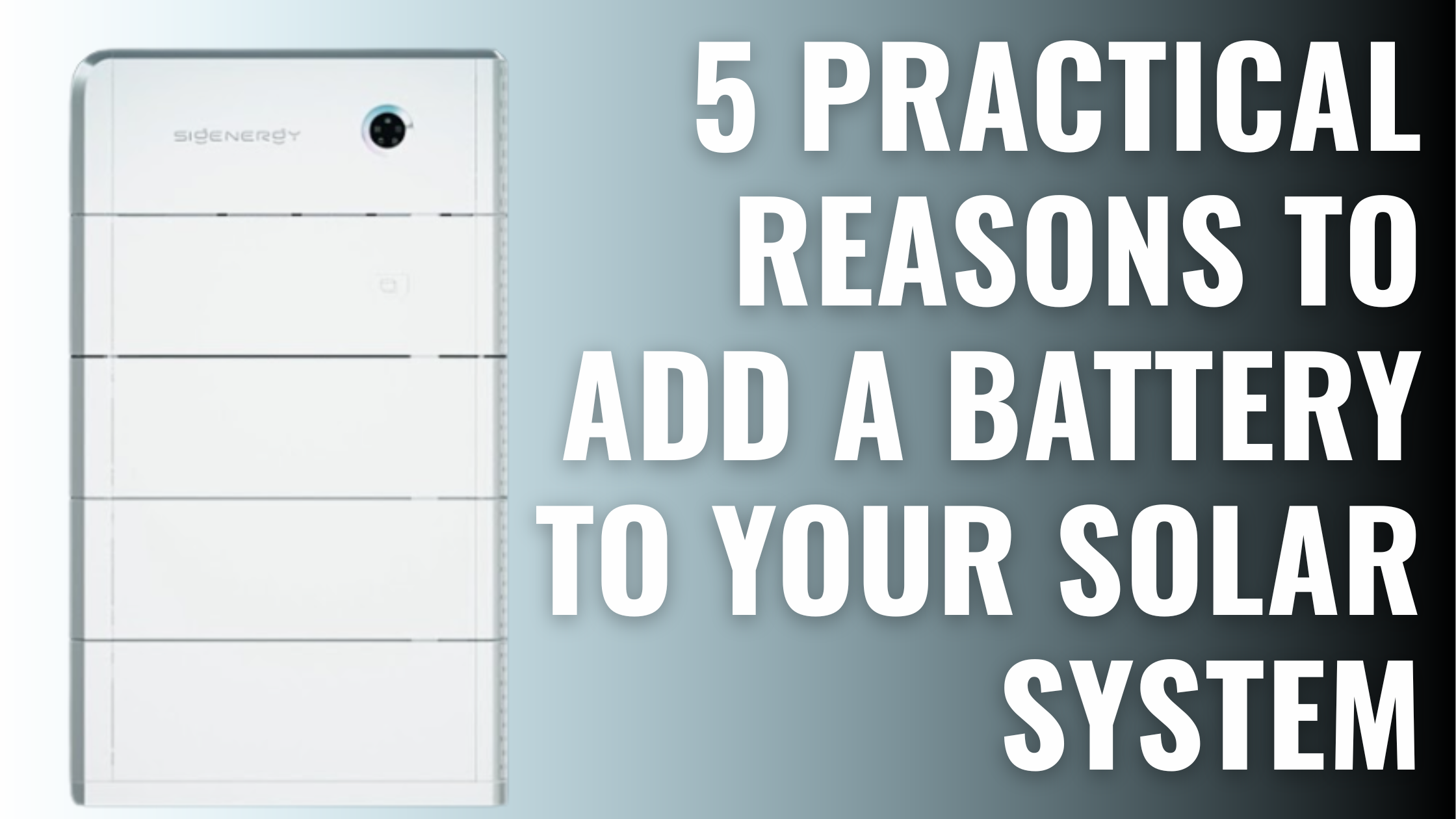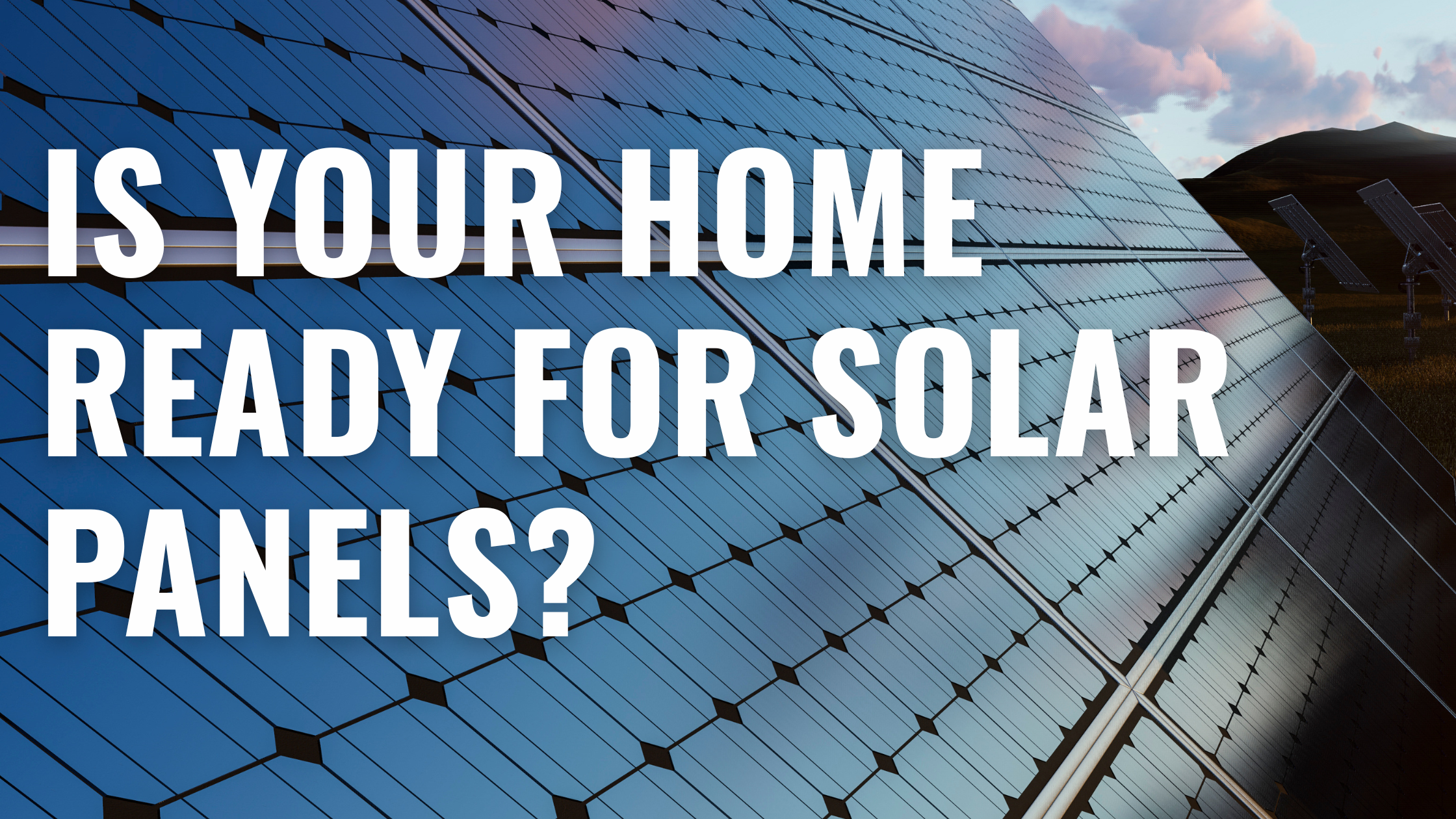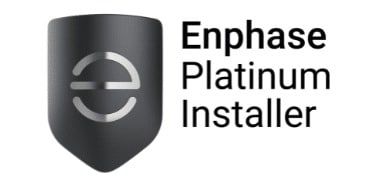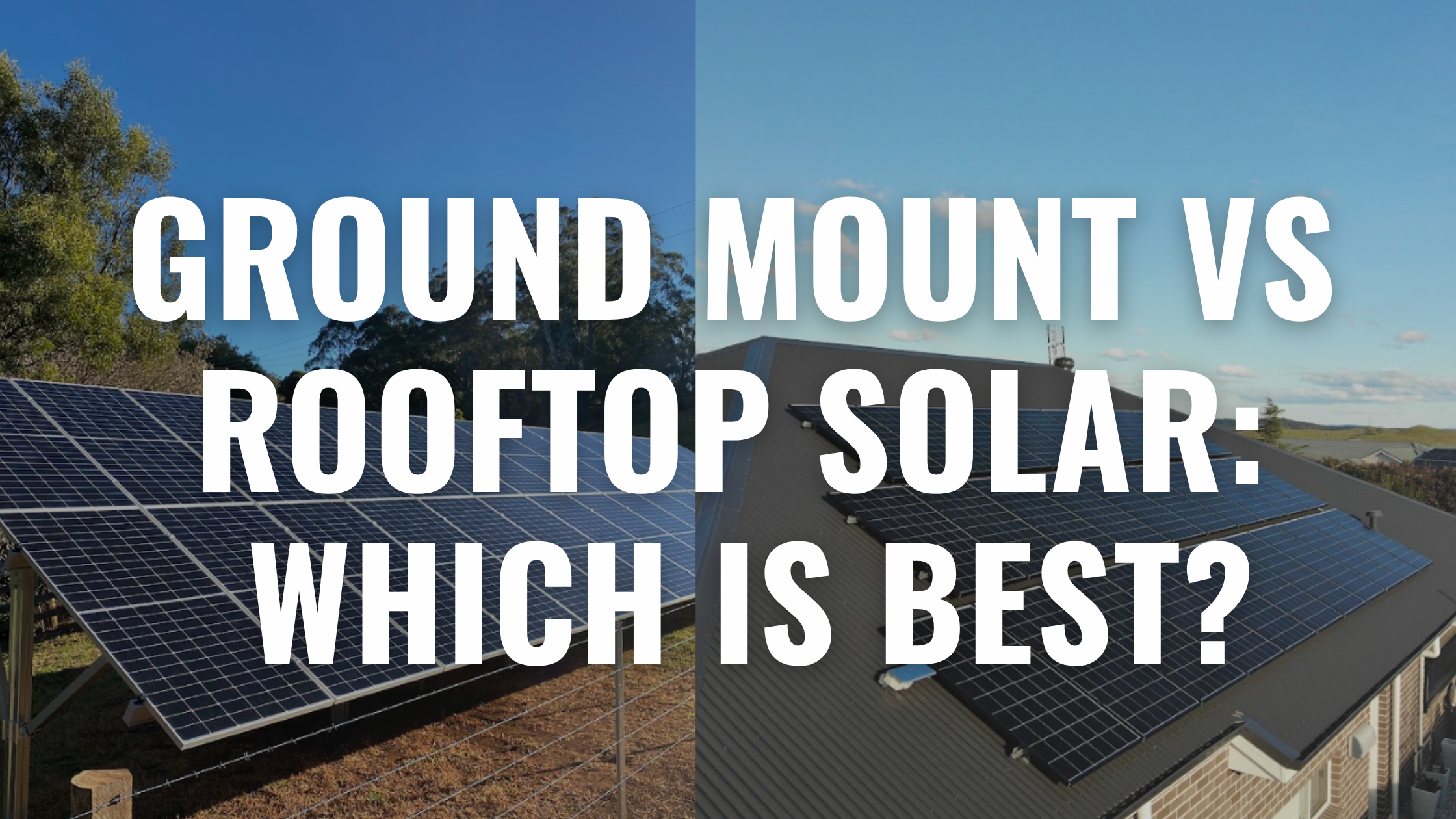
Written by Donna Wentworth
Last Updated: October 21, 2025
Rooftop vs Ground Mount Solar: Which is best?
You’re ready to go solar. You’ve compared panels, read up on payback periods, and now you’re trying to make one last decision: rooftop or ground mount solar ?
It sounds simple, however the choice matters. Where your panels go affects what you pay, how much energy you generate, and what your property looks like once it’s all done.
At Lenergy, we’ve helped hundreds of Australian homeowners make solar decisions that actually suit their home — not just the sales pitch. While rooftop solar is still the best option for most homes, ground mount solar has its place too — especially if your roof isn’t ideal.
In this article, you’ll learn how these two options compare on cost, performance, and maintenance. By the end, you’ll know which one is the smarter move for your situation.
What Is Rooftop Solar?
Rooftop solar is the most common way Australians install solar panels at home. It’s exactly what it sounds like — panels mounted directly onto your existing roof. Rather than being positioned for the “perfect” sun angle, rooftop panels are typically installed to match the direction and pitch of your roof, which keeps installation simpler and more cost-effective.
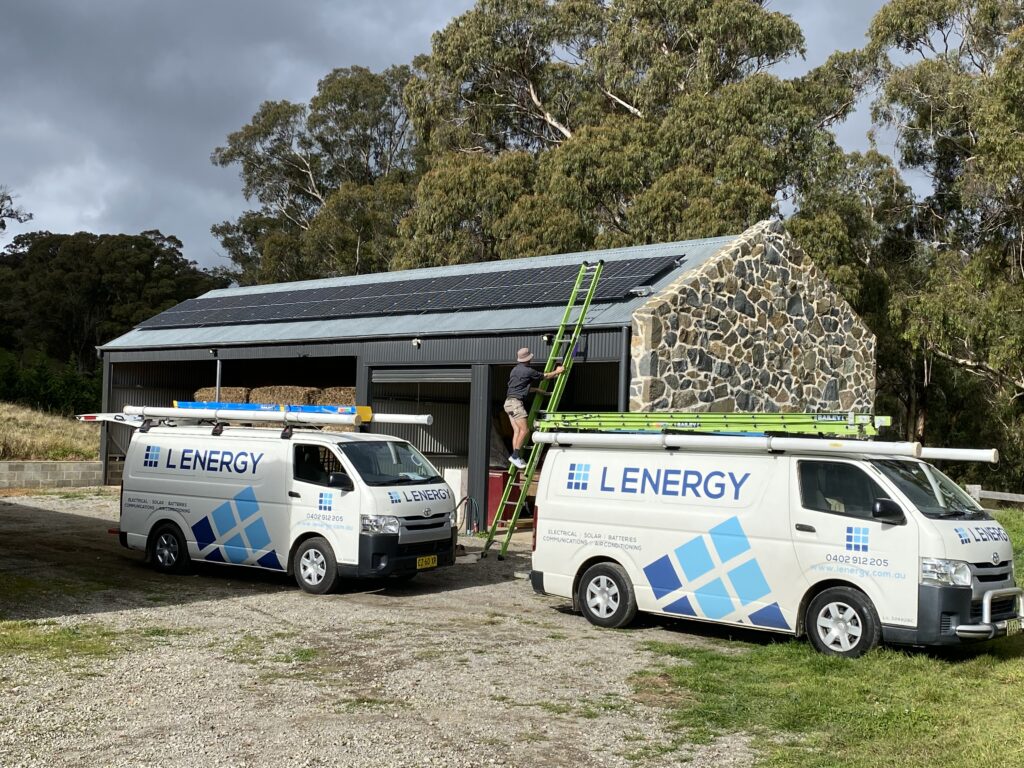
This setup works so well because it uses space you already have. Instead of taking up part of your lawn or garden, it puts solar to work on an otherwise unused part of your home. That keeps things neat and cost-effective.
At Lenergy, almost every solar system we install is on the roof. Why? Because it just makes sense for most properties. The roof acts as a natural mounting surface, which means fewer materials, less labour, and a lower overall price tag.
Most rooftop systems range from 6.6kW to 20kW, depending on your energy usage and available space. If you’re unsure how big your system needs to be, click below to read our article on what size solar system you need.
There are other upsides, too. Roof panels can actually help cool your home in summer by shading your roof. And in most NSW council areas, rooftop systems don’t need planning approval — so you can get on with it quickly.
Unless your roof is heavily shaded, structurally unsound, or laid out in a really tricky way, rooftop solar is usually the best place to start.
What Is Ground Mount Solar?
Ground mount solar is exactly what it sounds like: instead of panels going on your roof, they’re installed on frames anchored into the ground somewhere on your property.
The frames can be fixed (set at one angle year-round) or use tracking systems that follow the sun throughout the day. Most residential setups use fixed systems — they’re cheaper, more reliable, and have fewer moving parts to maintain.
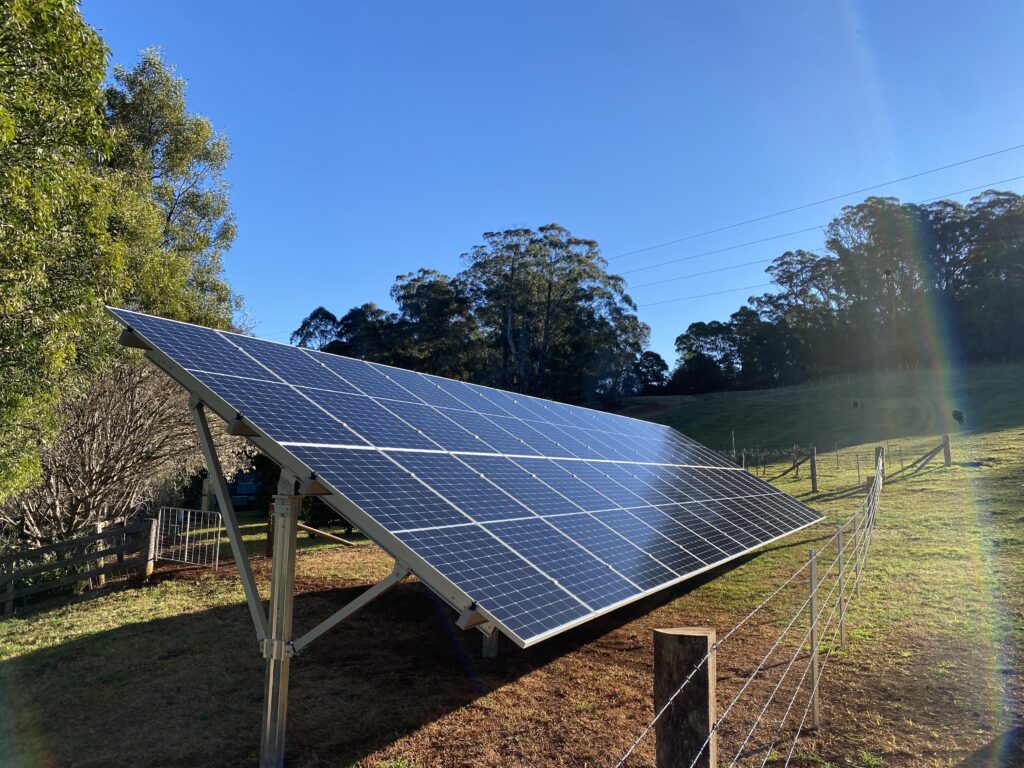
To install ground mount solar, you’ll need open space with good sun exposure. That might be a section of lawn, a paddock, or even a cleared area near a shed. But keep in mind: this space becomes dedicated solar land — you won’t be mowing it, planting a garden there, or using it for anything else.
Ground mount systems are more common on rural properties, farms, or homes with shaded or unsuitable roofs. They give you flexibility on panel direction and angle — which can help maximise output if your roof isn’t ideal.
But that flexibility comes at a cost. Installing panels on the ground means more labour, more materials, and often, more planning. We’ll get into that next.
What’s the Cost Difference Between Rooftop and Ground Mount Solar?
Rooftop solar is almost always cheaper. That’s because your roof already provides a sturdy, elevated structure — no need for extra steel, concrete, or trenching. Most of the work goes into attaching the mounting rails and getting the panels up safely.
With ground mount solar, you’re starting from scratch. You’ll need:
- Posts or footings to anchor the frames
- Extra mounting materials
- Earthworks and trenching to run cabling underground
- Possibly engineering reports or council permits
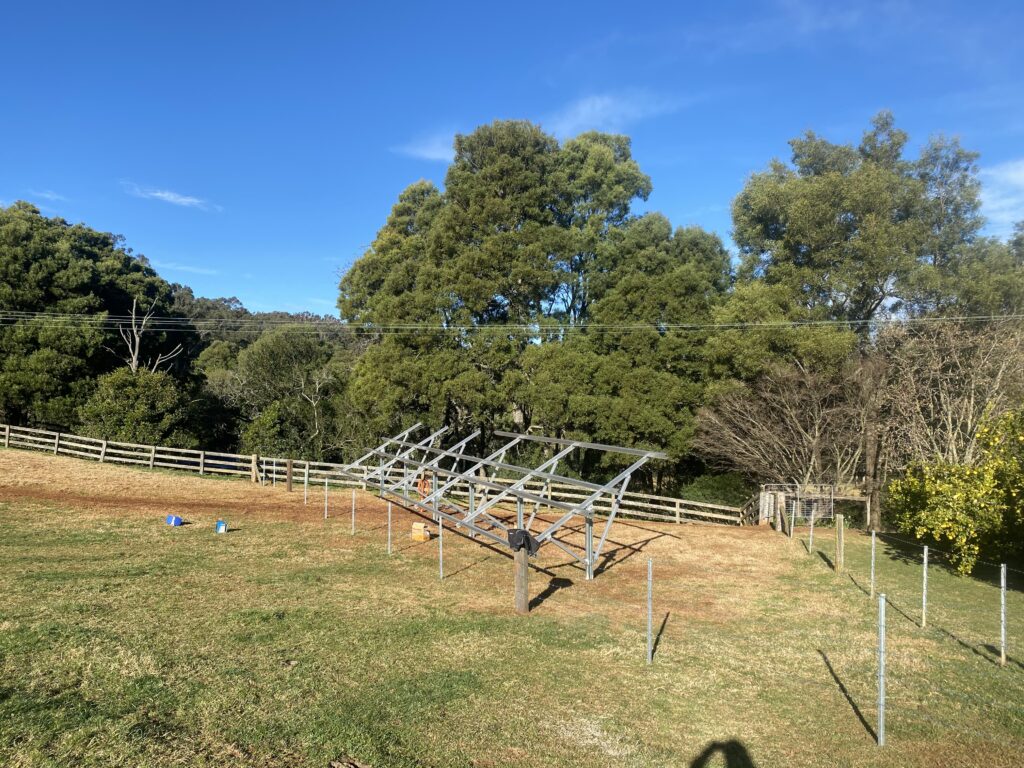
At Lenergy, a 20kW rooftop solar system typically costs around $20,000, based on $1.00 per watt. That price includes the panels and installation, not a battery.
For the same size system, a 20kW ground mount setup starts from $50,000, based on $2.00 (up to $2.50+) per watt. That also excludes batteries — and doesn’t include trenching, which is often required to run underground cabling between the array and your switchboard. Trenching costs vary depending on how far we need to dig and the size of the cable required, but it can add thousands to the final price.
This higher upfront cost also means a longer payback period. You’re spending more for the same system output, which is why ground mount solar is generally only worth considering when rooftop isn’t a viable option.
Which Performs Better: Rooftop or Ground Mount?
In terms of raw energy production, both rooftop and ground mount systems can perform equally well — as long as they’re installed in ideal conditions. The same panels, the same inverter, the same sunshine — you’ll get similar results.
Ground mount systems can have a slight edge when it comes to positioning. Since you’re not limited by roof shape, pitch, or orientation, you can angle the panels perfectly to maximise sunlight throughout the day. This is especially useful if your roof faces east–west or is partially shaded.
Rooftop systems, on the other hand, make the most of your home’s existing layout. And there’s one benefit many people don’t expect: rooftop panels actually help shade your home. By covering part of your roof, they reduce heat gain in summer — which can lower your cooling costs.

So which one “performs better”? It depends on the site.
If you have a shaded or awkward roof, ground mount might help you squeeze out more solar. But if your roof gets good sun exposure, rooftop solar is just as effective — and far more cost-efficient.
Whichever installation type you go with, performance ultimately comes down to panel quality. That’s why at Lenergy, we use Aiko Neostar 2P panels — not just for their industry-leading efficiency, but for their durability and long-term reliability. With a 25-year product warranty and a 30-year performance warranty, they’re built to last and protect your investment over the long haul. To find out more on Aiko solar panels, see our recent article.
How Does Maintenance Compare Between the Two?
Both rooftop and ground mount systems are built to last — and most quality panels come with 25-year warranties. But there are some practical differences when it comes to upkeep.
Rooftop solar is generally low-maintenance. Once it’s installed, you don’t have to think about it much. The main drawback is accessibility — if a panel needs cleaning or repair, a technician has to work at height, which can add time and cost to the job.
But because the panels are up high, they’re also protected. Kids, pets, lawnmowers, and stray footballs won’t be going anywhere near them. There’s less risk of physical damage.
Ground mount systems, on the other hand, are easier to reach. That makes them more convenient for regular cleaning or inspections — but it also means they need more frequent attention.
One common issue is vegetation. Grass, weeds, or shrubs growing underneath the panels can block sunlight and reduce efficiency. If not managed, overgrowth can also create fire hazards or attract pests. Some homeowners use gravel, concrete pads, or even grazing animals to keep the area clear — but each of these adds extra cost or complexity.
So while ground mount systems are easier to access, they’re also more exposed and require more ongoing effort to maintain properly.
Which Option Is Right for Your Home?
If your roof is in good shape and gets decent sun, rooftop solar is almost always the smarter choice. It’s cheaper to install, faster to set up, and blends neatly into your home without taking up valuable space. For most Australian homes, it ticks every box.
However ground mount solar does have its place.
If your roof is shaded, structurally unsound, or simply too small for the system size you want — ground mount becomes a practical alternative. It’s also a good option if you live on a large block and have unused land that won’t impact your lawn or view. Or.. you might be one of those people who just hate the look of the panels and don’t want them on the roof and would rather pay the higher cost to install them on a ground mount out of sight on their paddock.
At Lenergy, we install both types — but we’ll always recommend the option that gives you the best value for your property, your energy goals, and your budget.
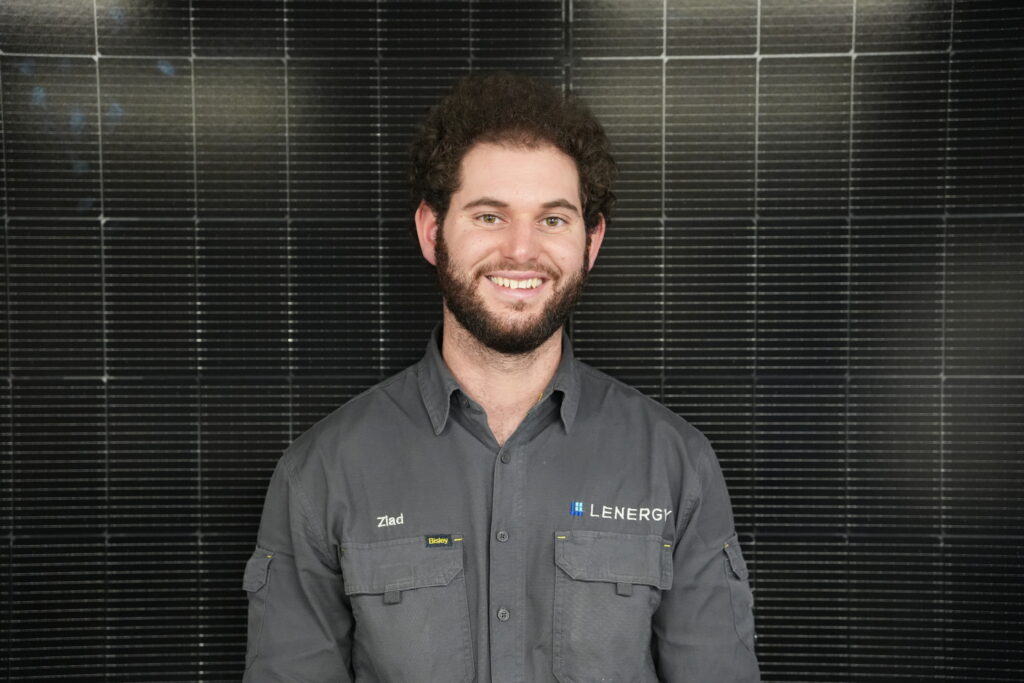
If you’re not sure which setup makes the most sense for your home, get in touch. We’ll talk through your options and give you honest advice based on what’s actually right for you — not just what’s easiest to sell.
Rooftop solar suits most homes — but ground mount systems can be a great alternative when the roof isn’t quite right. If you’re weighing up the options, the team at Lenergy can help you figure out what works best for your setup.

